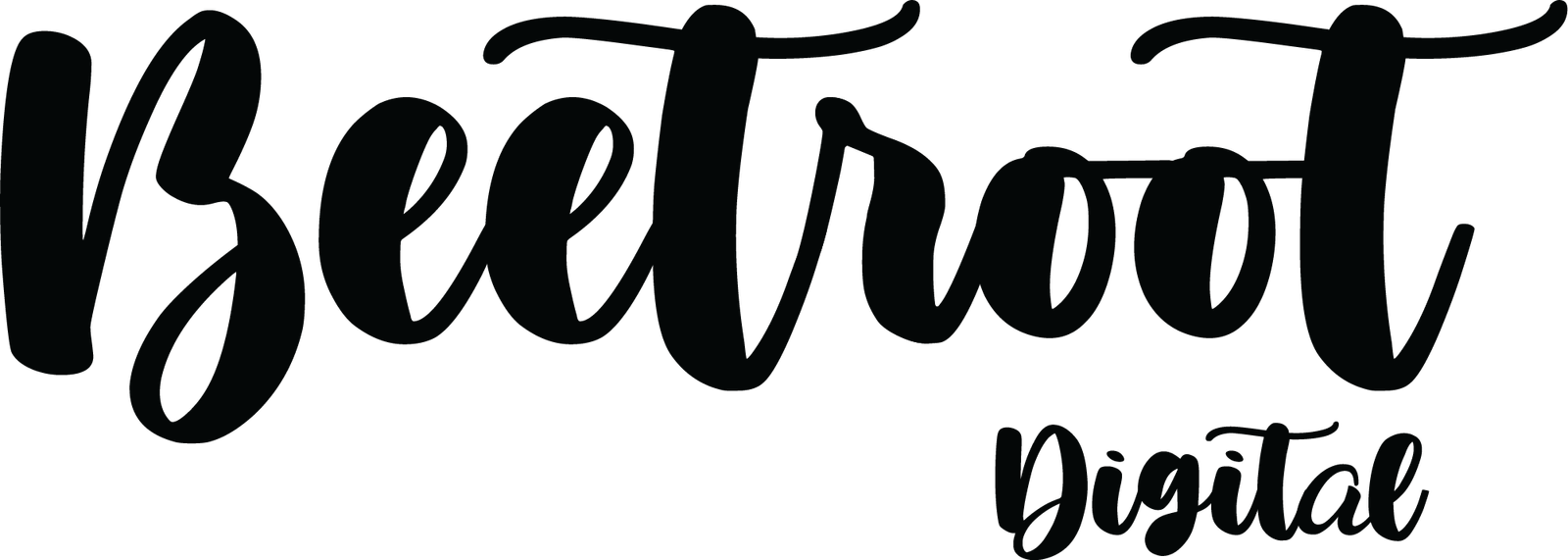Powerful Content Strategy for Process Improvement with ProcessMind – A Celonis Partner
Client Overview
ProcessMind is a leading partner of Celonis, a global leader in Process Mining software. ProcessMind specializes in helping businesses streamline operations, optimize workflows, and make data-driven decisions through advanced process analysis and AI-powered recommendations. They were offering Celonis’ Process Mining solutions to large enterprises and mid-market clients in industries like manufacturing, retail, and finance.
While their services were top-tier, ProcessMind’s content did not reflect the sophistication or ROI potential of Process Mining technology. The company lacked the digital presence required to effectively communicate the complex value of process mining to their target audience — decision-makers in operations, IT, and finance.
ProcessMind engaged us to design and execute a content strategy that would not only drive awareness but also position them as thought leaders in process optimization and AI-driven transformations.
The Challenge
Before our intervention, ProcessMind faced several challenges:
- Technical jargon and overly complex language that alienated non-technical decision-makers
- Lack of value-based messaging on how process mining could directly impact business outcomes like cost savings, efficiency, and profitability
- Limited lead generation: Despite having a strong product, the content was not optimized for conversions
- Absence of industry-specific assets: No tailored content for key verticals, such as manufacturing or retail
- Content overload: Too many product-centric blogs, rather than thought-leadership pieces or practical guides that resonate with the target audience
Their existing content didn’t effectively showcase the transformative potential of process mining — nor did it nurture prospects into qualified leads.
Objectives
The core objectives for our content strategy were:
- Simplify and humanize complex topics: Make process mining understandable for both technical and business leaders.
- Position ProcessMind as a thought leader in process optimization through high-quality content.
- Increase conversions by aligning content with business outcomes like cost reduction, operational efficiency, and data-driven decision-making.
- Develop industry-specific content to engage vertical audiences (manufacturing, retail, finance).
- Improve lead nurturing through content upgrades (e.g., whitepapers, case studies) and calls-to-action (CTAs).
Strategy
1. Content Audit and Persona Development
We began by performing a content audit, assessing the current content and identifying gaps. Through stakeholder interviews, we developed buyer personas for ProcessMind’s key decision-makers:
- Operations Managers seeking to improve process efficiency
- CFOs looking for cost savings and financial transparency
- IT Directors interested in integrating process mining into existing systems
We also analyzed ProcessMind’s top competitors to see what content resonated with similar audiences.
2. Content Framework & Value-Based Messaging
We worked closely with ProcessMind’s leadership team to establish a new content framework. This framework would:
- Focus on real business outcomes, highlighting ROI, cost reduction, and improved operational performance.
- Speak to pain points, such as inefficiencies, long approval cycles, and lack of visibility into processes.
- Incorporate customer success stories to showcase the effectiveness of the Celonis platform.
- Use storytelling techniques to make technical content more accessible without losing credibility.
3. Blog Posts & Articles
Our content strategy focused on a mix of informative blog posts and thought-leadership articles. The aim was to balance educational content with practical advice on how businesses can implement process mining and maximize its benefits.
Some key blog titles we developed included:
- “How Process Mining Helps CFOs Cut Costs and Improve Financial Visibility”
- “A Beginner’s Guide to Process Mining: What You Need to Know”
- “5 Common Business Processes You Can Optimize with AI-Powered Process Mining”
- “The ROI of Process Mining: Real-World Case Studies You Need to See”
Each blog was written with a clear CTA, such as requesting a demo, downloading a case study, or signing up for an industry-specific webinar.
4. Industry-Specific Content
To target ProcessMind’s core industries (manufacturing, retail, finance), we created tailored content that addressed the unique challenges and opportunities each vertical faced.
For example:
- For Manufacturing: “Optimizing Manufacturing Workflows: The Role of Process Mining in Lean Manufacturing”
- For Retail: “How Retailers Can Drive Operational Efficiency with Process Mining”
- For Finance: “Achieving Greater Financial Control Through Process Mining: A Case Study”
Each piece of content not only spoke to the vertical’s pain points but also included detailed use cases showcasing the measurable benefits of process mining.
5. Case Studies & Whitepapers
To support lead generation, we created compelling case studies and whitepapers that:
- Highlighted real-world results: Increased operational efficiency, reduced cycle times, and improved decision-making.
- Offered actionable insights, such as “How Process Mining Can Identify Hidden Inefficiencies in Your Supply Chain.”
- Were gated to collect valuable lead data and initiate further nurture campaigns.
6. Email Campaigns & Lead Nurturing
We developed an email nurturing sequence with targeted content tailored to the stage of the buyer’s journey:
- Top-of-funnel (awareness): Educational blog posts, industry reports, and infographics
- Middle-of-funnel (consideration): Webinars, product demos, and customer success stories
- Bottom-of-funnel (decision): Product comparisons, ROI calculators, and personalized sales outreach
Each email contained relevant CTAs, like booking a demo or accessing exclusive reports.
Execution Timeline
- Week 1-2: Discovery, persona development, and content audit
- Week 3-4: Content strategy development, messaging framework, and first draft of blog posts
- Week 5-8: Launch blog series, industry content, and case studies
- Week 9-10: Refine lead magnets, integrate CTAs into blogs, and optimize SEO
- Ongoing: Monthly reporting, content updates, and performance tracking
Results
Key performance metrics within 3 months post-launch:
- Organic traffic increase: 55% more visits to blog content and landing pages
- Lead generation: Conversion rate improved from 2% to 5.8%
- Customer engagement: 30% increase in email open rates and click-through rates (CTR)
- Sales enablement: Sales team reported a 40% faster response time from leads due to educational content
- SEO performance: Top rankings for high-value keywords like “process mining for finance” and “AI process optimization”
Client Testimonial
“The content strategy has completely transformed how we communicate with our prospects. The blogs and case studies now articulate the value of process mining in a way that resonates with our clients. We’re seeing more qualified leads and deeper engagement with the decision-makers we want to reach.”
— Rajeev Kumar, Chief Marketing Officer, ProcessMind
Conclusion
This case study illustrates how a strong content strategy can effectively communicate complex, data-driven solutions like process mining to non-technical decision-makers. By aligning content with user pain points, providing tailored industry-specific resources, and optimizing for conversions, ProcessMind successfully engaged their audience, increased lead generation, and positioned themselves as thought leaders in the process optimization space.

